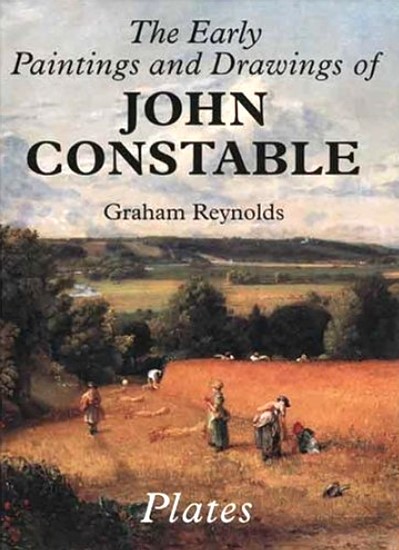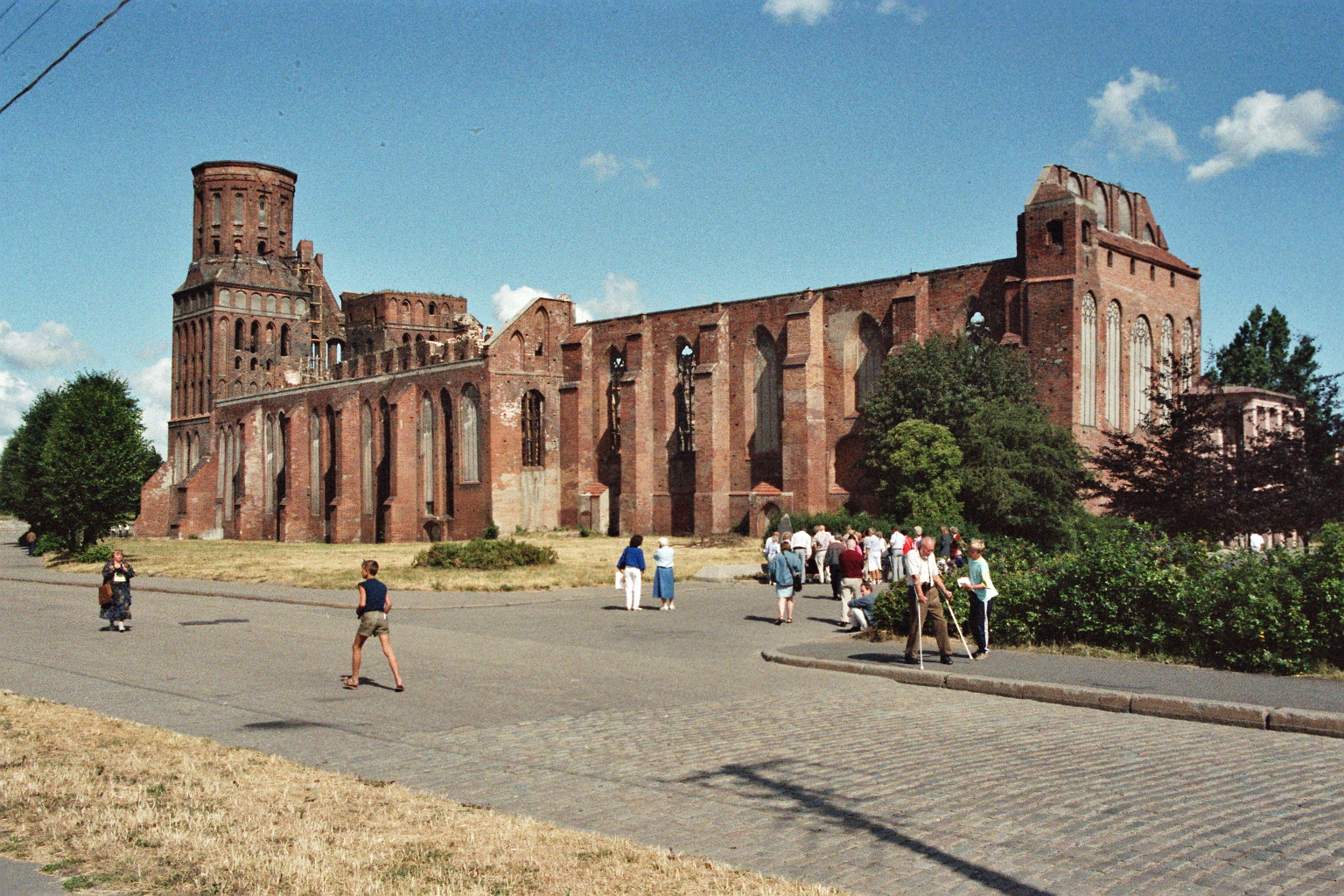|
Matthias Schuke
Matthias Schuke (born 7 July 1955) is a German organ builder. Career Born in Potsdam, Schuke is the son of the organ builder Hans-Joachim Schuke. He attended the "Polytechnische Oberschule 24", now the Eisenhardtschule Potsdam, from 1962 and graduated with a high school diploma. From September 1972 to June 1974, he trained as a cabinetmaker at the Richard Praetsch carpentry workshop in Babelsberg. In 1974, he began training as an organ builder in the "Volkseigener Betrieb" Potsdamer Schuke Orgelbau, went through the wood workshop, tin workshop, restoration and voicing departments and completed his training in 1977. During this time, Matthias Schuke also completed his Abitur at evening school. From 1977 to 1985 he worked mainly in the field and in voicing. In 1985, he began his training as a master organ builder. In 1988 he passed the master craftsman's examination. His masterpiece, a 4-register chest organ, stands today in the Erlöserkirche Potsdam. In 1990, Schuke managed to ... [...More Info...] [...Related Items...] OR: [Wikipedia] [Google] [Baidu] |
Organ Builder
Organ building is the profession of designing, building, restoring and maintaining pipe organs. The Organ builders , organ builder usually receives a commission to design an organ with a particular disposition of Organ stop, stops, Manual (music), manuals, and Tracker action, actions, creates a design to best respond to spatial, technical and acoustic considerations, and then constructs the instrument. The profession requires specific knowledge of such matters as the Scale height , scale length of organ pipes and also familiarity with the various materials used (including woods, metals, felt, and leather) and an understanding of statics, aerodynamics, mechanics and electronics. However, although in theory the builder is responsible for all facets of construction, in practice organ-building workshops include specialists in pipes, actions, and cabinets; tasks such as the manufacture of pipes, metal Casting (metalworking), casting, and making rarely-used components are often del ... [...More Info...] [...Related Items...] OR: [Wikipedia] [Google] [Baidu] |
Erfurt Cathedral
Erfurt Cathedral (german: Erfurter Dom, link=no, officially ''Hohe Domkirche St. Marien zu Erfurt'', English: Cathedral Church of St Mary at Erfurt), also known as St Mary's Cathedral, is the largest and oldest church building in the Thuringian city of Erfurt, central Germany. It is the episcopal seat of the Roman Catholic Diocese of Erfurt. The cathedral was mainly built in the International Gothic style and is located on a hillside overlooking the main town square (, Cathedral Square), directly next to St Severus' Church. As a unique architectural ensemble, both churches together form the city's landmark. Former German names include and . History The site of the present cathedral has been the location of many other Christian buildings, for example a Romanesque basilica and a church hall. In 742, Saint Boniface erected a church on the mound where Erfurt Cathedral is now sited. In the mid-12th century, the foundations of the original church were used for a Roma ... [...More Info...] [...Related Items...] OR: [Wikipedia] [Google] [Baidu] |
1955 Births
Events January * January 3 – José Ramón Guizado becomes president of Panama. * January 17 – , the first nuclear-powered submarine, puts to sea for the first time, from Groton, Connecticut. * January 18– 20 – Battle of Yijiangshan Islands: The Chinese Communist People's Liberation Army seizes the islands from the Republic of China (Taiwan). * January 22 – In the United States, The Pentagon announces a plan to develop intercontinental ballistic missiles (ICBMs), armed with nuclear weapons. * January 23 – The Sutton Coldfield rail crash kills 17, near Birmingham, England. * January 25 – The Presidium of the Supreme Soviet of the Soviet Union announces the end of the war between the USSR and Germany, which began during World War II in 1941. * January 28 – The United States Congress authorizes President Dwight D. Eisenhower to use force to protect Formosa from the People's Republic of China. February * February 10 – The United States Sev ... [...More Info...] [...Related Items...] OR: [Wikipedia] [Google] [Baidu] |
German Pipe Organ Builders
German(s) may refer to: * Germany (of or related to) **Germania (historical use) * Germans, citizens of Germany, people of German ancestry, or native speakers of the German language ** For citizens of Germany, see also German nationality law **Germanic peoples (Roman times) * German language **any of the Germanic languages * German cuisine, traditional foods of Germany People * German (given name) * German (surname) * Germán, a Spanish name Places * German (parish), Isle of Man * German, Albania, or Gërmej * German, Bulgaria * German, Iran * German, North Macedonia * German, New York, U.S. * Agios Germanos, Greece Other uses * German (mythology), a South Slavic mythological being * Germans (band), a Canadian rock band * "German" (song), a 2019 song by No Money Enterprise * ''The German'', a 2008 short film * "The Germans", an episode of ''Fawlty Towers'' * ''The German'', a nickname for Congolese rebel André Kisase Ngandu See also * Germanic (other) * Germa ... [...More Info...] [...Related Items...] OR: [Wikipedia] [Google] [Baidu] |
Catalogue Raisonné
A ''catalogue raisonné'' (or critical catalogue) is a comprehensive, annotated listing of all the known artworks by an artist either in a particular medium or all media. The works are described in such a way that they may be reliably identified by third parties, and such listings play an important role in authentification. Etymology The term ''catalogue raisonné'' is French, meaning "reasoned catalogue"Catalogue raisonné , ''Online Merriam-Webster Dictionary''. (i.e. containing arguments for the information given, such as attributions), but is part of the of the English-speaking art world. The spelling is never Americanized to "catalog", even ... [...More Info...] [...Related Items...] OR: [Wikipedia] [Google] [Baidu] |
Königsberg Cathedral
, infobox_width = , image = Kaliningrad 05-2017 img04 Kant Island.jpg , image_size = , alt = , caption = Front (west side) of the cathedral , map_type = , map_size = , map_caption = , location = Kneiphof, Kaliningrad, Russia , geo = , latitude = , longitude = , religious_affiliation = Lutheran, Catholic Russian Orthodox , rite = , region = , state = , province = , territory = , prefecture = , sector = , district = , cercle = , municipality = , consecration_year = , status = Cathedral , functional_status = Former , heritage_designation = , leadership = , website = , architecture = yes , architect ... [...More Info...] [...Related Items...] OR: [Wikipedia] [Google] [Baidu] |
Magdeburg Cathedral
Magdeburg Cathedral (german: Magdeburger Dom), officially called the Cathedral of Saints Maurice and Catherine (german: Dom zu Magdeburg St. Mauritius und Katharina), is a Protestant cathedral in Germany and the oldest Gothic cathedral in the country. It is the proto-cathedral of the former Prince-Archbishopric of Magdeburg. Today it is the principal church of the Evangelical Church in Central Germany. The south steeple is 99.25 m (325 ft 7 in) tall, the north tower 100.98 m (331 ft 4 in), making it one of the tallest cathedrals in eastern Germany. The cathedral is likewise the landmark of Magdeburg, the capital city of the '' Bundesland'' of Saxony-Anhalt, and is also home to the grave of Emperor Otto I the Great and his first wife Edith. The first church built in 937 at the location of the current cathedral was an abbey called St. Maurice, dedicated to Saint Maurice. The current cathedral was constructed over the period of 300 years starting from 12 ... [...More Info...] [...Related Items...] OR: [Wikipedia] [Google] [Baidu] |
Zamora, Michoacán
Zamora de Hidalgo (Spanish pronunciation: [saˈmoɾa de i'dalɢo]) is a city in the Mexico, Mexican States of Mexico, state of Michoacán. The 2010 census population was 141,627. making it the third largest city in the state. The city is the municipal seat of Zamora Municipality, Michoacán, Zamora Municipality, which has an area of 330.97 km² (127.79 sq mi) and includes many other smaller communities, the largest of which is Ario de Rayón (Ario Santa Mónica). The municipality's population is around 186,102, which makes it the second most populous urban area in the state. The city of Zamora is an important economic center in the state and the most significant population center between the cities of Morelia, Michoacan, Morelia and Guadalajara, Jalisco, Guadalajara. The city is located on the Tarascan Plateau in the northwestern part of the state, at an elevation of 1,567 m (5,141 ft) above sea level. Zamora is surrounded by the fertile Tziróndaro Valley which is an im ... [...More Info...] [...Related Items...] OR: [Wikipedia] [Google] [Baidu] |
Werder (Havel)
Werder (Havel) (official name derived from ''Werder an der Havel'' ("Werder upon Havel"), colloquially just ''Werder'') is a town in the state of Brandenburg, Germany, located on the Havel river in the Potsdam-Mittelmark district, west of the state's capital Potsdam. Werder has a long and rich history and is a nationally recognized '' Erholungsort'' – a government designation given to regions of Germany that have been recognized and must be continuously re-certified as having air and climate qualities which provide a healthful environment to visitors. Werder is also famous for hosting one of Germany's three largest festivals, the '' Baumblütenfest'', held annually in May. Etymology The Werder municipal area stretches along the banks of the Havel, a tributary of the Elbe, and the town's oldest quarter is located on an island in the river. Hence the name, as the landscape term ''Werder'' (like ''Wörth'' in Upper German) means "river island". History Werder has several di ... [...More Info...] [...Related Items...] OR: [Wikipedia] [Google] [Baidu] |
Potsdam
Potsdam () is the capital and, with around 183,000 inhabitants, largest city of the German state of Brandenburg. It is part of the Berlin/Brandenburg Metropolitan Region. Potsdam sits on the River Havel, a tributary of the Elbe, downstream of Berlin, and lies embedded in a hilly morainic landscape dotted with many lakes, around 20 of which are located within Potsdam's city limits. It lies some southwest of Berlin's city centre. The name of the city and of many of its boroughs are of Slavic origin. Potsdam was a residence of the Prussian kings and the German Kaiser until 1918. Its planning embodied ideas of the Age of Enlightenment: through a careful balance of architecture and landscape, Potsdam was intended as "a picturesque, pastoral dream" which would remind its residents of their relationship with nature and reason. The city, which is over 1000 years old, is widely known for its palaces, its lakes, and its overall historical and cultural significance. Landmarks include ... [...More Info...] [...Related Items...] OR: [Wikipedia] [Google] [Baidu] |
Reimund Gerhard
Reimund Gerhard (born 31 May 1952 in Heidelberg) is a German applied physicist and university professor. Between 1979 and 2006 he used the last name "Gerhard-Multhaupt". Education Gerhard graduated from the Technical University of Darmstadt as Diplom- Physiker in 1978 and was a research student with Martin M. Perlman (1930–2013) in 1978/79. In 1984, he obtained his Ph.D. with Gerhard M. Sessler at the Technical University of Darmstadt. Career From 1985 until 1994, Gerhard was scientist and project manager at the Heinrich-Hertz-Institut fuer Nachrichtentechnik (now Fraunhofer Institute for Telecommunications) Berlin in the department led by Gerhard Mahler. In 1994 and 1996, he was appointed university professor for sensorics and for applied condensed-matter physics of the University of Potsdam. From 1997 until 2000, Gerhard served as director of the institute of physics and astronomy, from 2006 to 2008 as vice dean, and from 2008 to 2012 as dean of the faculty of science at ... [...More Info...] [...Related Items...] OR: [Wikipedia] [Google] [Baidu] |







